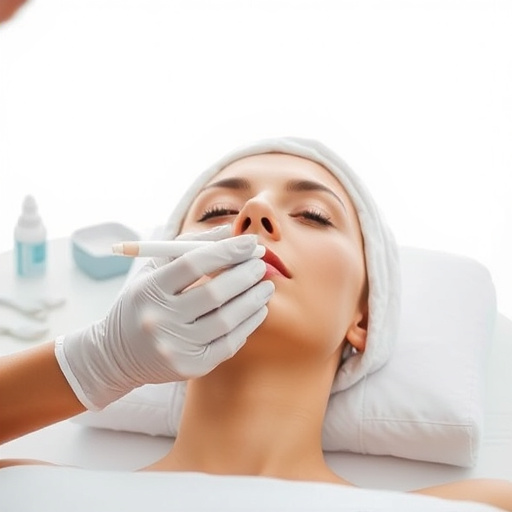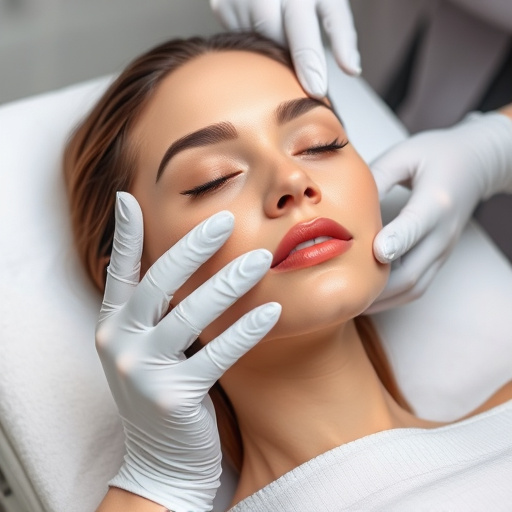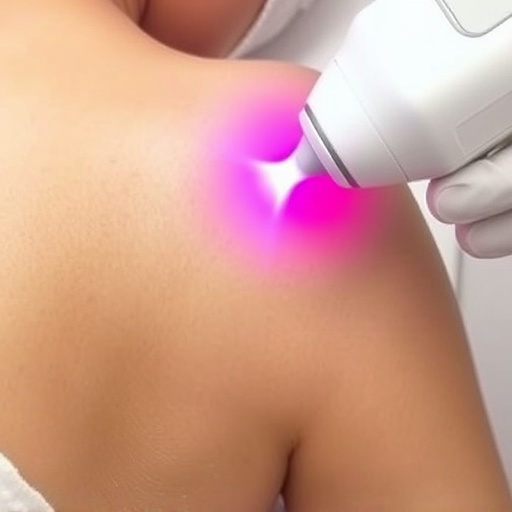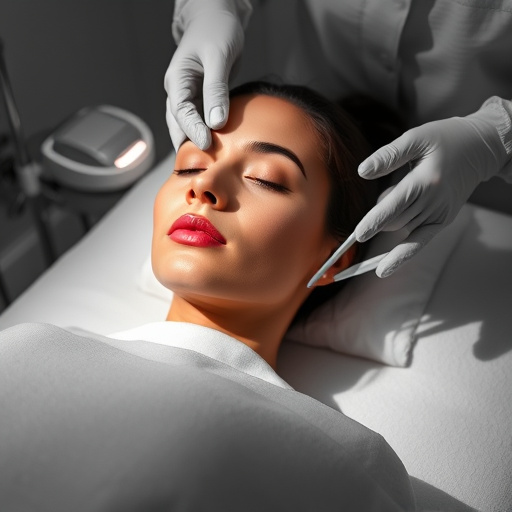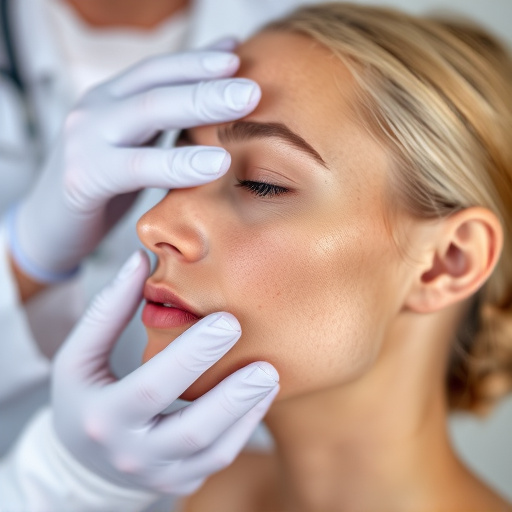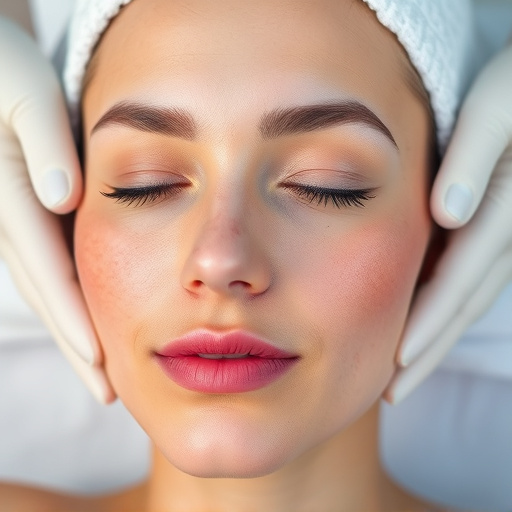A lactic acid peel is a gentle yet powerful skincare treatment that uses natural AHAs from lactose to exfoliate and rejuvenate skin. Post-peel care is essential, focusing on hydration, customized facials, and gentle routines to achieve optimal results and maintain healthy, radiant skin. Patience, consistency, and UV protection are key for the best recovery.
“Unveil your skin’s radiant potential with a deep dive into the world of lactic acid peels. This powerful exfoliant offers a myriad of benefits, from improving texture and reducing fine lines to enhancing overall skin tone. But the journey doesn’t end there—recovery is key.
Our guide explores the essential aspects of lactic acid peel recovery, providing insights into what your skin requires during and after the procedure. Discover expert tips to nurture your skin, ensuring optimal healing and revealing a healthier, more vibrant complexion.”
- Understanding Lactic Acid Peel and Its Benefits
- The Recovery Process: What Skin Needs During and After
- Nurturing Your Skin Post-Peel: Top Tips for Optimale Healing
Understanding Lactic Acid Peel and Its Benefits
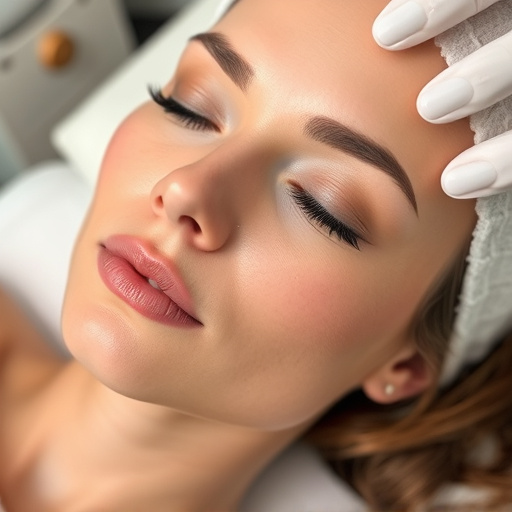
A lactic acid peel is a popular skincare treatment that involves applying a solution of lactic acid to the skin to encourage cell turnover and enhance its overall appearance. Lactic acid, a natural alpha hydroxy acid (AHA), is derived from lactose, making it gentle yet effective for various skin concerns. This exfoliating agent works by dissolving the glue-like substances that hold dead skin cells together, allowing them to be washed away easily. The result? Smooth, radiant, and rejuvenated skin.
One of the key benefits of lactic acid peels is their ability to improve skin texture and tone, making them a go-to for anti-aging routines. They can also help in acne treatments by unclogging pores and reducing inflammation. Additionally, lactic acid is known for its hydrating properties, providing deep moisture to the skin without leaving a greasy residue—perfect for those seeking a balance between exfoliation and hydration. These peels are suitable for various skin types and are often recommended as part of a skincare regimen for achieving healthier, more vibrant skin.
The Recovery Process: What Skin Needs During and After
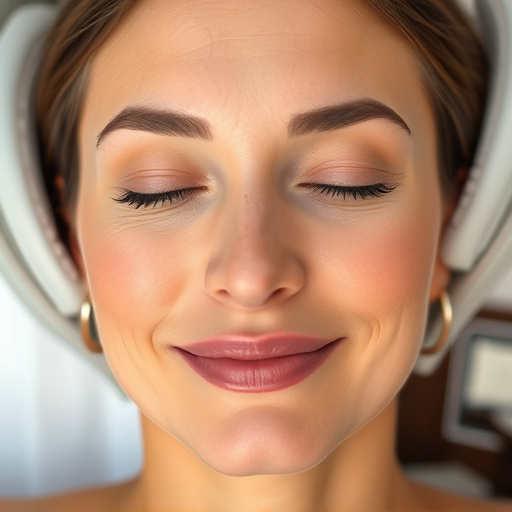
The recovery process after a lactic acid peel is crucial for achieving optimal skin health and results. During this phase, the skin goes through a series of transformations as it heals and adjusts to the chemical exfoliation. Initially, redness and mild irritation are common, serving as indicators that the procedure is working to resurface the skin. As the recovery progresses, dead skin cells shed, revealing smoother and more even-toned skin beneath.
Post-peel care plays a significant role in supporting this transformation. The skin requires hydration to combat dryness, often experienced after exfoliation. Customized facials and targeted skincare products with ingredients like hyaluronic acid can help restore moisture levels and support the skin’s barrier function. Pore refinement is another key aspect; gentle cleaning routines and specific treatments can minimize pore appearance, ensuring a refined and revitalized complexion.
Nurturing Your Skin Post-Peel: Top Tips for Optimale Healing
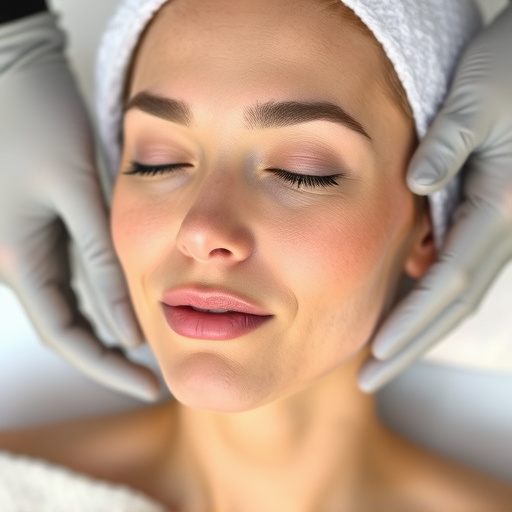
After a lactic acid peel, your skin is in a delicate state and requires extra care to ensure optimal healing. Nurturing your skin involves creating a soothing and hydrating environment to support the regeneration process. Here are some top tips to help you on this journey.
Firstly, choose a gentle, professional skincare routine tailored to your post-peel needs. Avoid harsh cleansers and opt for mild, pH-balanced formulas that won’t strip your skin. Incorporate hydrating facials into your self-care regimen to replenish moisture levels and provide essential nutrients. Remember, your skin needs time to adjust, so be patient and consistent with your routine. Additionally, protective suncare is crucial; always use a broad-spectrum sunscreen with an SPF of 30 or higher daily to shield your skin from UV damage.
A lactic acid peel offers a multitude of skin benefits, from exfoliation to collagen stimulation. However, optimal recovery is key to realizing these advantages. By understanding the recovery process and implementing nurturing post-peel skincare practices, you can ensure your skin receives the care it needs most during and after this transformative treatment. Remember, proper healing allows for enhanced radiance, improved texture, and a healthier complexion—all attributes of a truly revitalized skin regimen.








